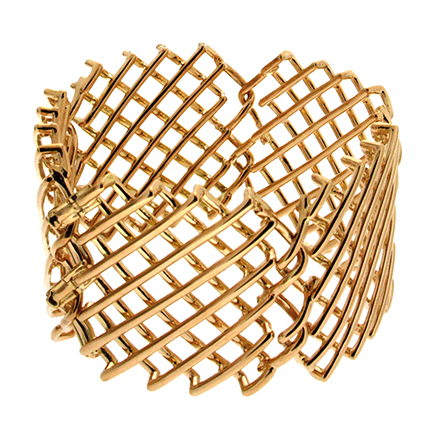The math behind calculation of gold jewelry is always a little too elusive to be grasped. With the rates changing every minute, it is a puzzling algorithm. Having not known how it’s done, there is little left to do than wait patiently while the salesman computes the price of the day for you. Mathematics is not a popular favorite, least of all, people would be patrolling the Internet scanning for math tutorials when looking to learn about the gold pricing structure. Instead of going into numbers, let’s first address the containing questions of this puzzle. Why is the cost of a gold jewelry not in constant? How do the figures compare with the cost of gold per ounce? Does the price of a ring multiply by chains or weight?
 Pure Gold Vs. Impure gold
Pure Gold Vs. Impure gold
Factually, 24K is the purest form of gold available in the market. It is 100% gold with zero micro-percent of other metals in the composition. So, what is 14K gold then? Mathematically, it is 14 parts gold and the rest 10 parts other metals in entire 24 part constitution, which is 58% pure gold and the remaining 42% a mix of other metals which precisely has no business in gold ornaments. 18K gold is superior quality than 14K as is obvious because it contains 75% gold and other stuff make the rest 25%.
The Weighing Units
The two commonly used weighing units are grams and ounces, and both have different applications. You would not hear a salesman using the ‘ounce’ term when giving you the weight of a certain piece. In jewelry, they always use grams while ounce is used only in case of 100% pure gold. Now for finding the price of a gold ornament, it requires converting the value of pure gold in the artefact from ounce to gram. The value of a troy ounce is 31.1 grams. So, this is the wireframe of the equation.
Why Store Prices Are a Touch Higher
Even though the way to prove this mathematically is beyond most buyers, their instincts prompt them about the excess in the price tags. Now, there are three reasons why gold ornaments are a bit more expensive in stores than the general arithmetic discussed above may express. Firstly, that calculation didn’t include the value of other metals present in the gold. Secondly, there is a price of labor that you have not included. Lastly, the sum has to be brought to the retail level to find exactly how much it is going to cost you. If a concerned piece of jewelry has gemstones in it, then go ahead and add a complication more to the calculation.
That’s a lot of math for one day. So, you better let the salesperson take a shot at it while you indulge in admiring the pieces.





